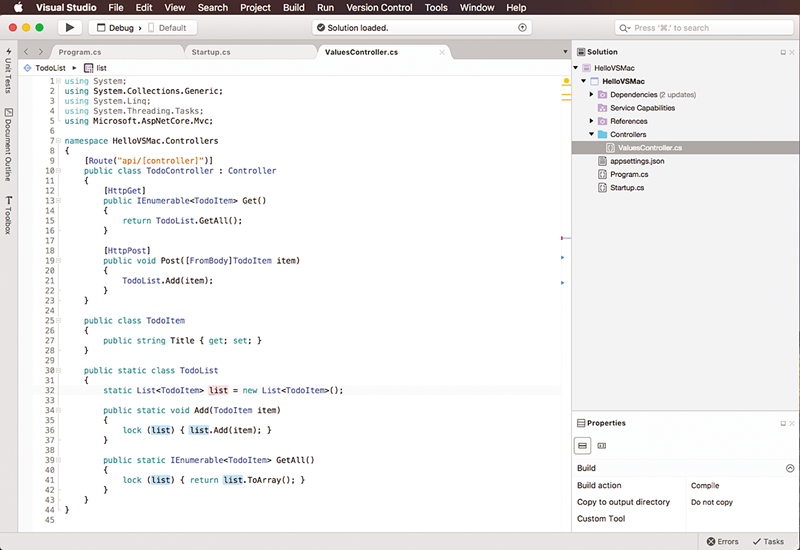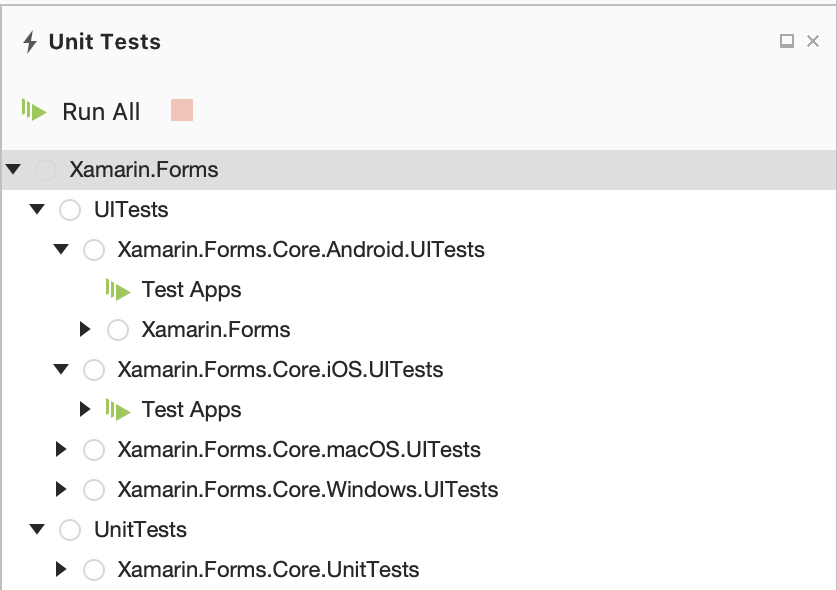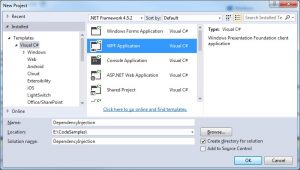

There is and basically they have the same functionality. There are three different annotations available if you wanted to annotate one of your classes for dependency injection. 3.Constructor: Spring will look for beans with the same type as the constructor arguments. 2.type: This means that Spring will look for a bean with the same type of the property to be set. 1.name: Spring will look for a bean with the same name as the property that needs to be set. There are several to auto-wire your objects.

Other than that you have the opportunity to specify them manually but that leads to a lot of boiler plate code. Furthermore in each configuration you can inject objects by setter, constructors and members.ĪutoWiring dependencies means that Spring will look for our objects and do the injection automatically. you can configure your application through XML, annotation, and java code. in Spring you can achieve dependency injection in 3 ways. Dependency Injectionĭependency injection is the process of how you get the beans from the Ioc container and pass them to other objects, basically it removes the new keyword from your application and leads to a lot less code. Postman is an OSX application that lets you send HTTP requests to Shopify API. It uses eager loading, which means that every bean instantiate after the application starts up. Declarative templates with data-binding, MVC, dependency injection and. The ApplicationContext includes all functionality of the BeanFactory and much more! Its main function though is to support the creation of big business applications.įeatures of the ApplicationContext interface includes bean instantiating/wiring, automatic beanPostProcessor registration, automatic beanFactoryPostProcessor registration, convenient messageSource access, ApplicationEvent publication. ApplicationContext implements the BeanFactory interface. The ApplicationContext is the central interface within a Spring application for providing configuration information to the application. The most used API which implements BeanFactory is the XMLBeanFactory. Usually the implementation uses lazy loading, which means that beans are only instantiating when we directly call them through the getBean() method. In other words, dependency injection is just one way of implementing inversion of control.

The Be anFactory is the root interface for accessing the Spring container. Dependency injection is a subset of the inversion of control principle. The Spring Framework provides two types of containers: BeanFactory The configuration metadata can be represented either by XML, java annotations, or java code. The container gets its instructions on what object to instantiate, configure, and assemble by reading the configuration metadata provided. The Spring container uses DI(dependency injection) to manage the components that make up an application. The container will create the objects, wire them together, configure them, and manage their complete life cycle from creation till destruction. The Spring container is at the core of the Spring Framework.


 0 kommentar(er)
0 kommentar(er)
